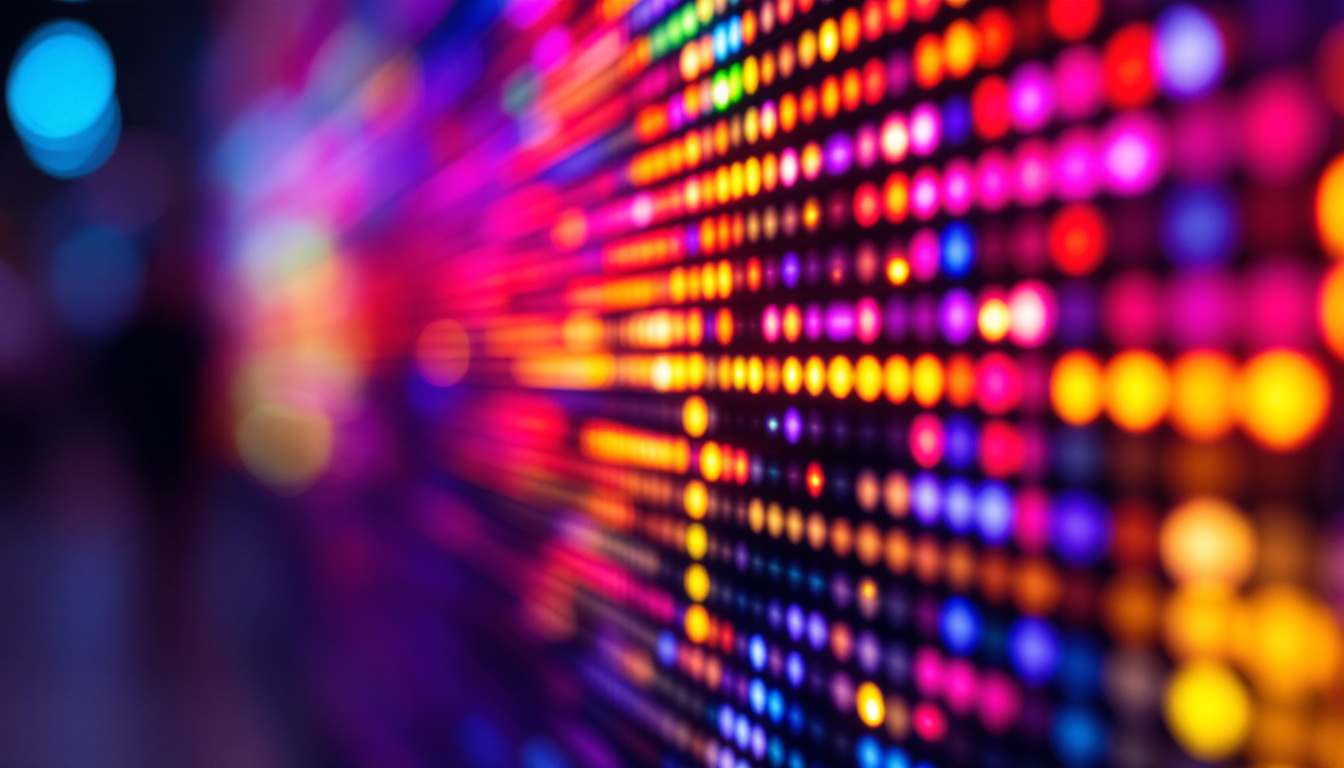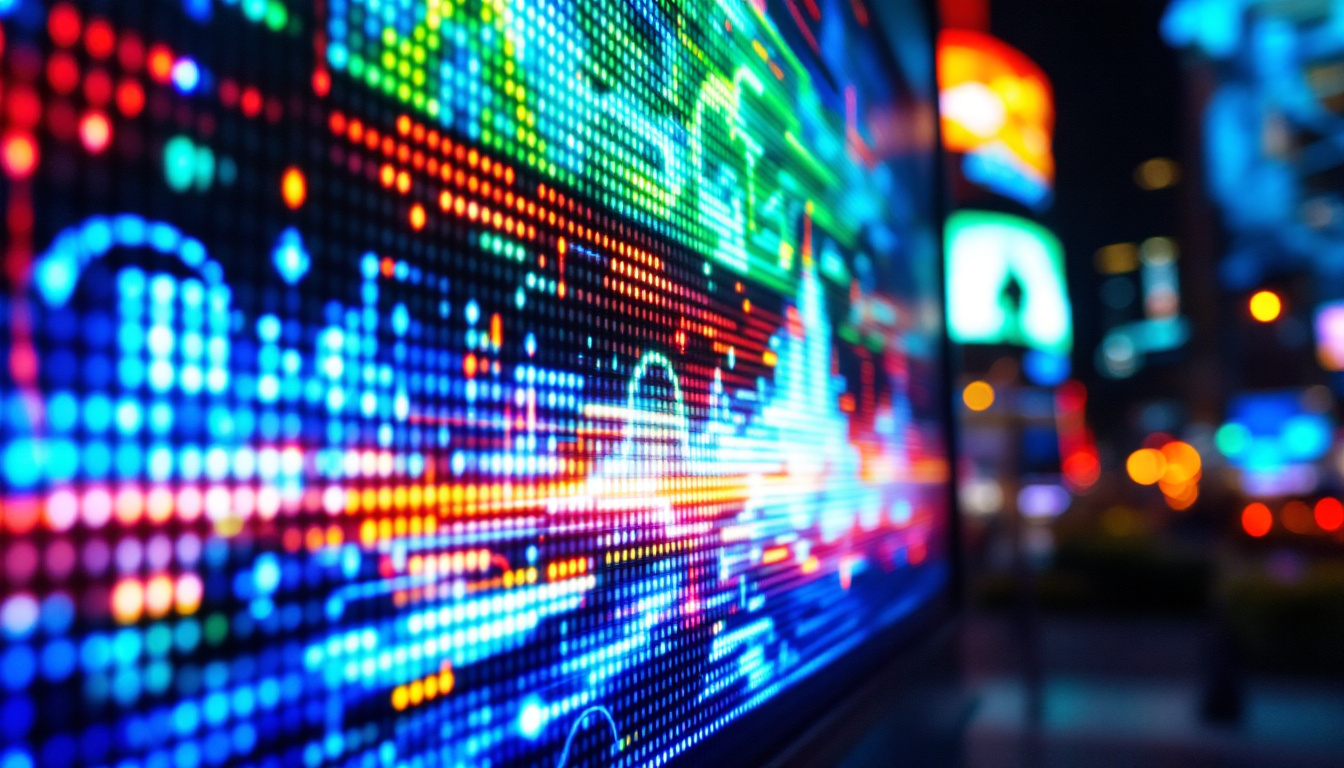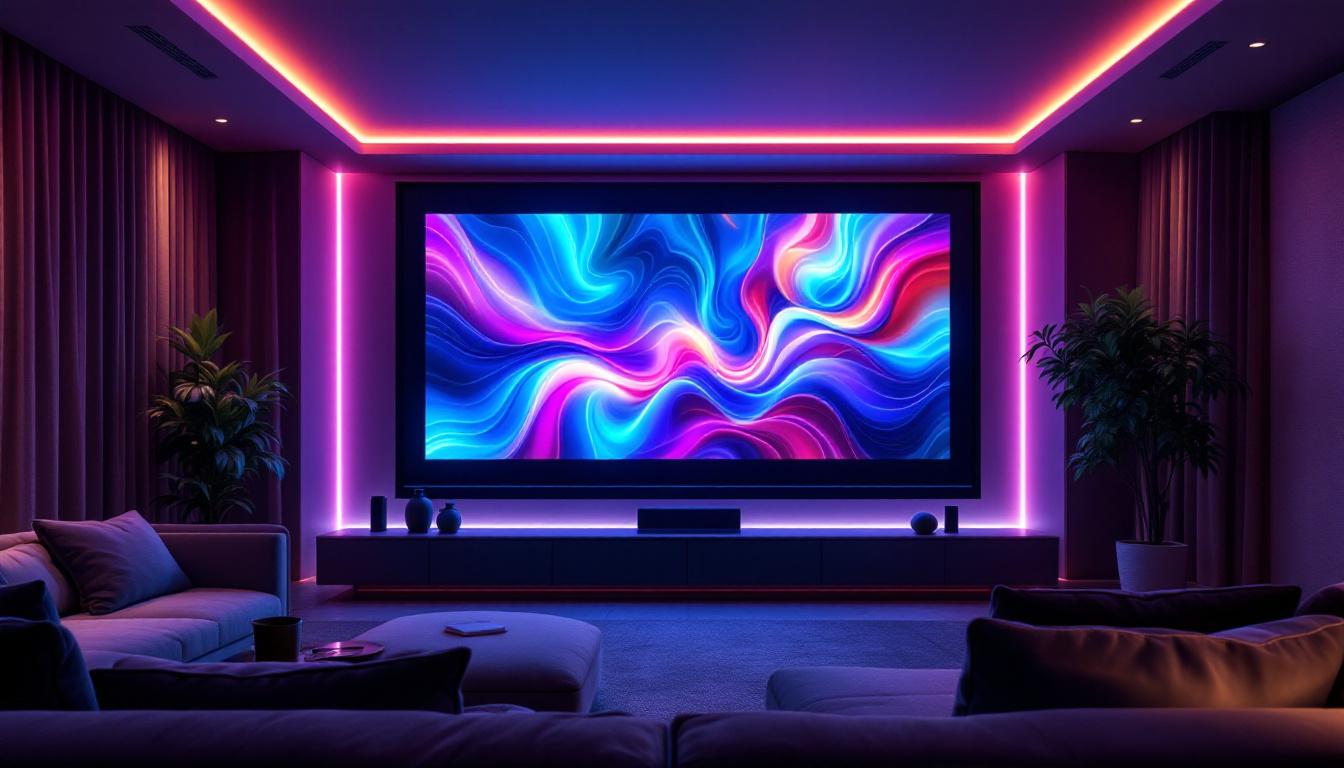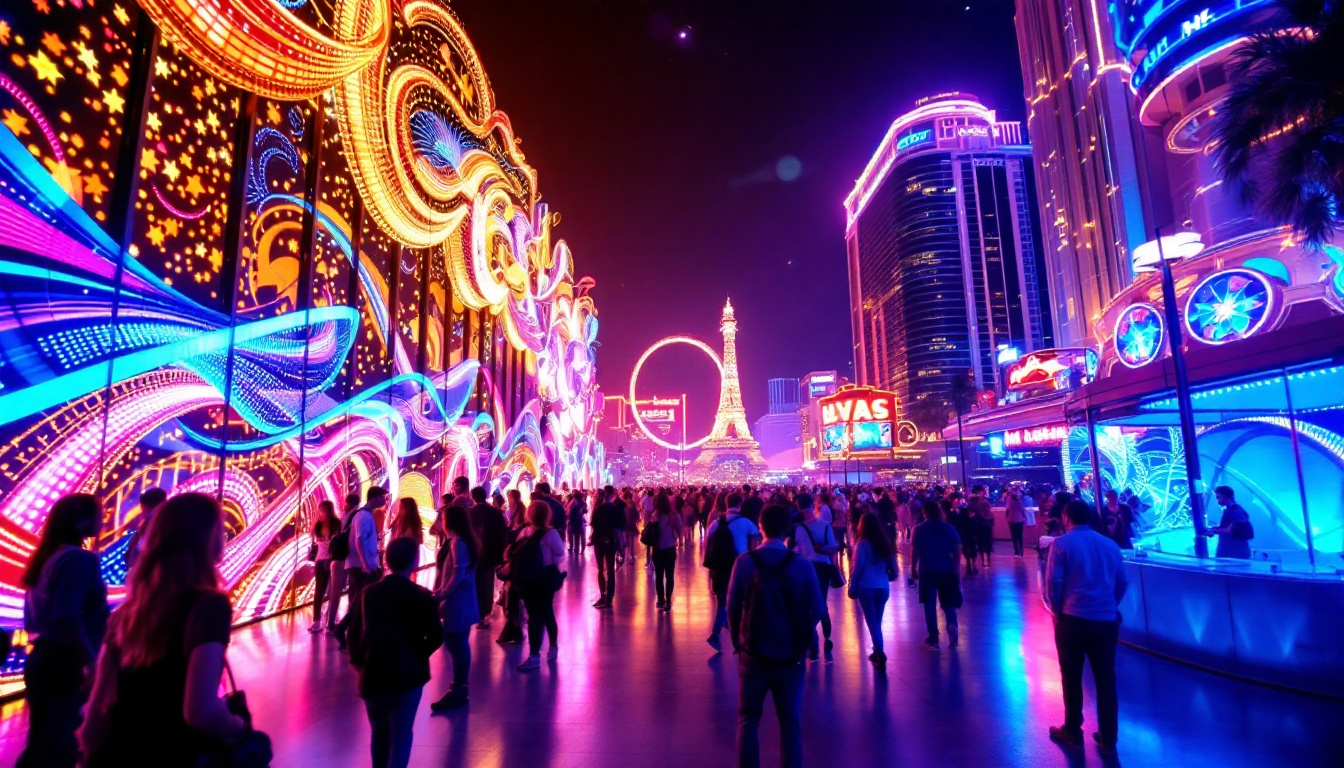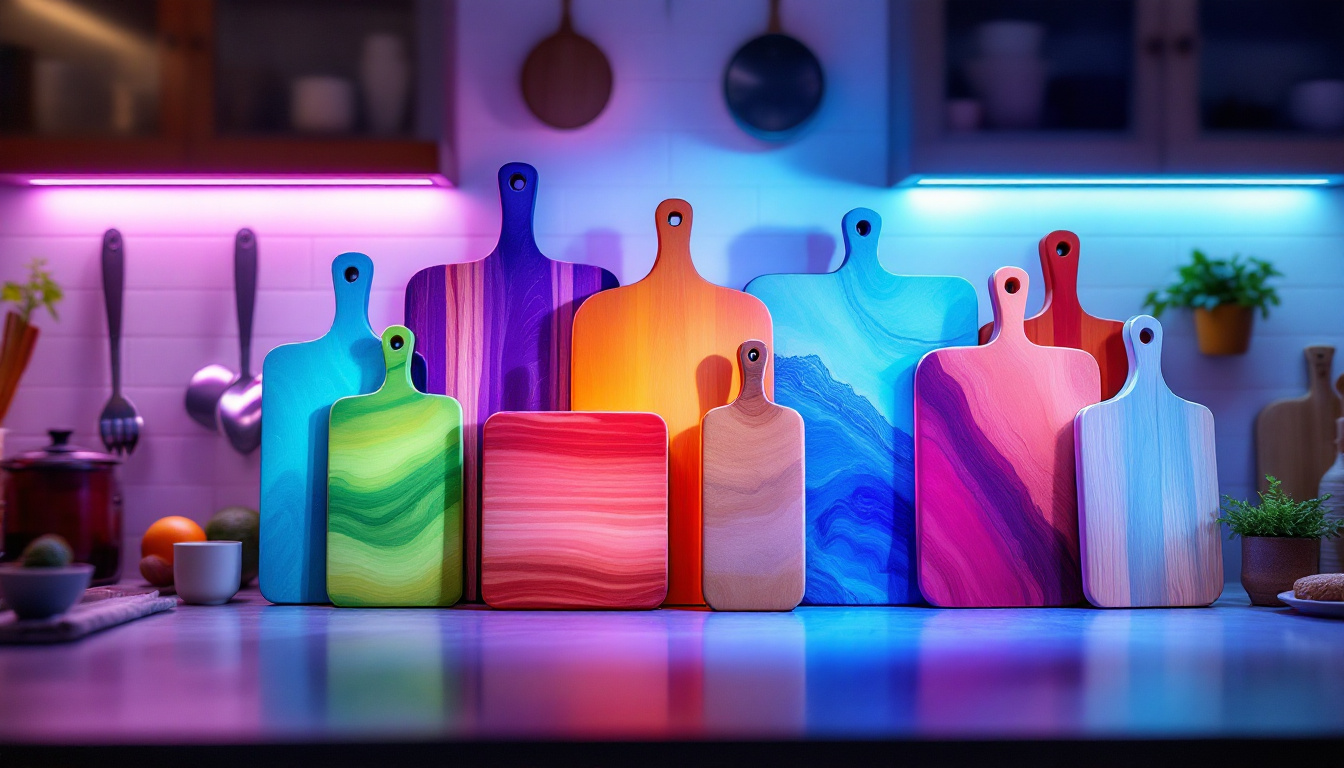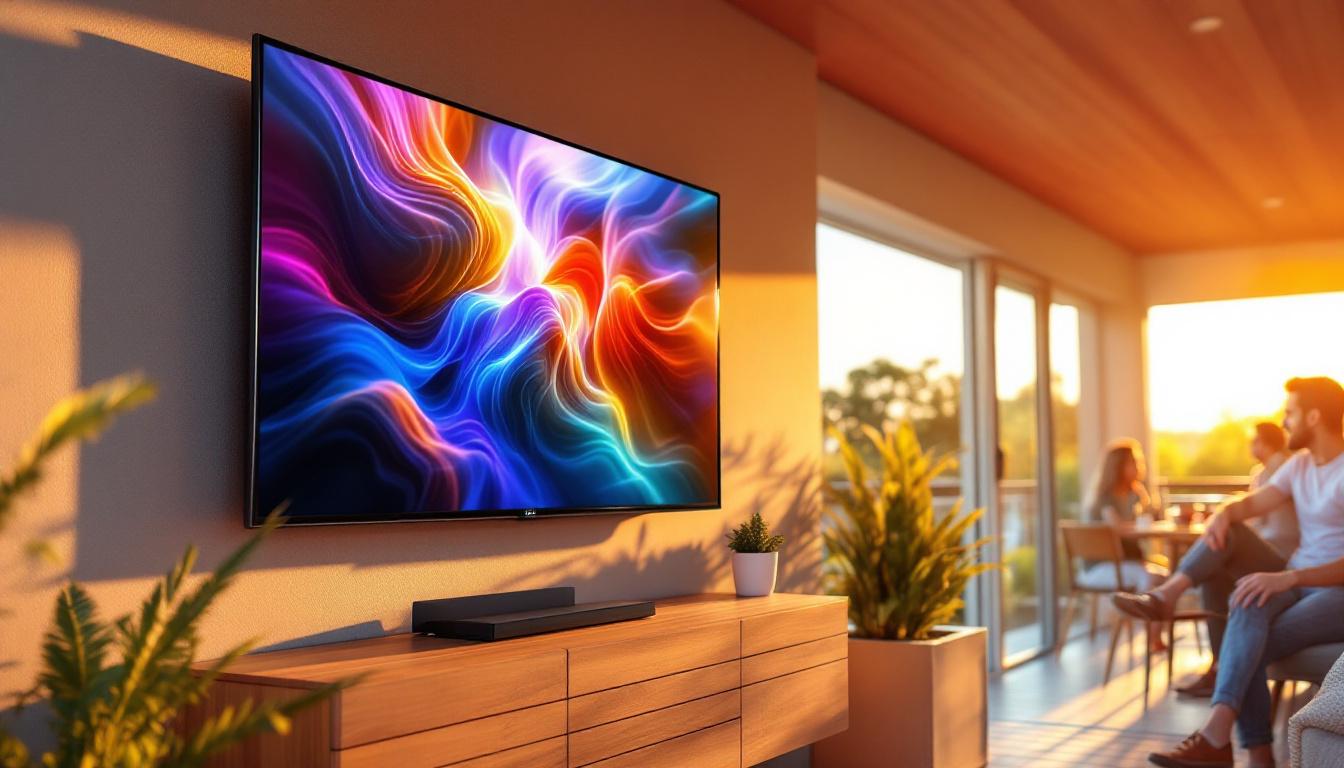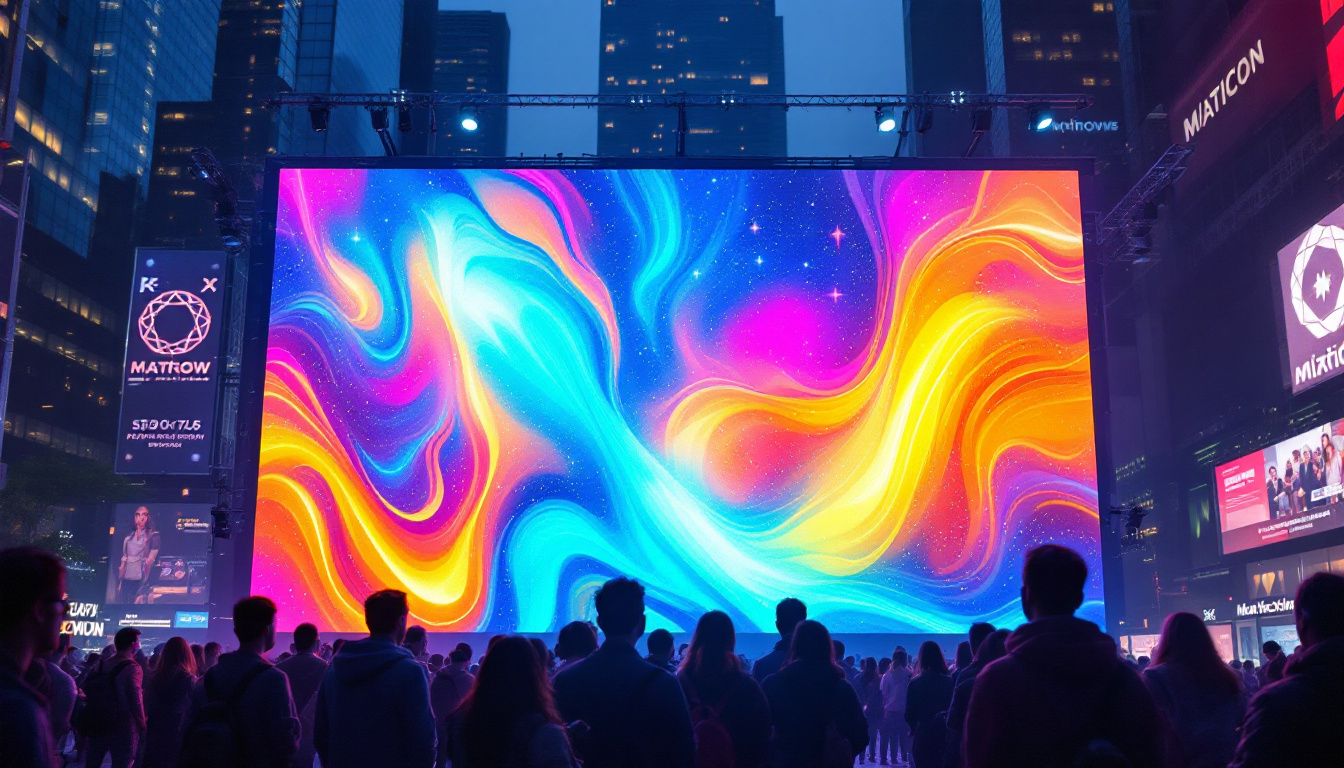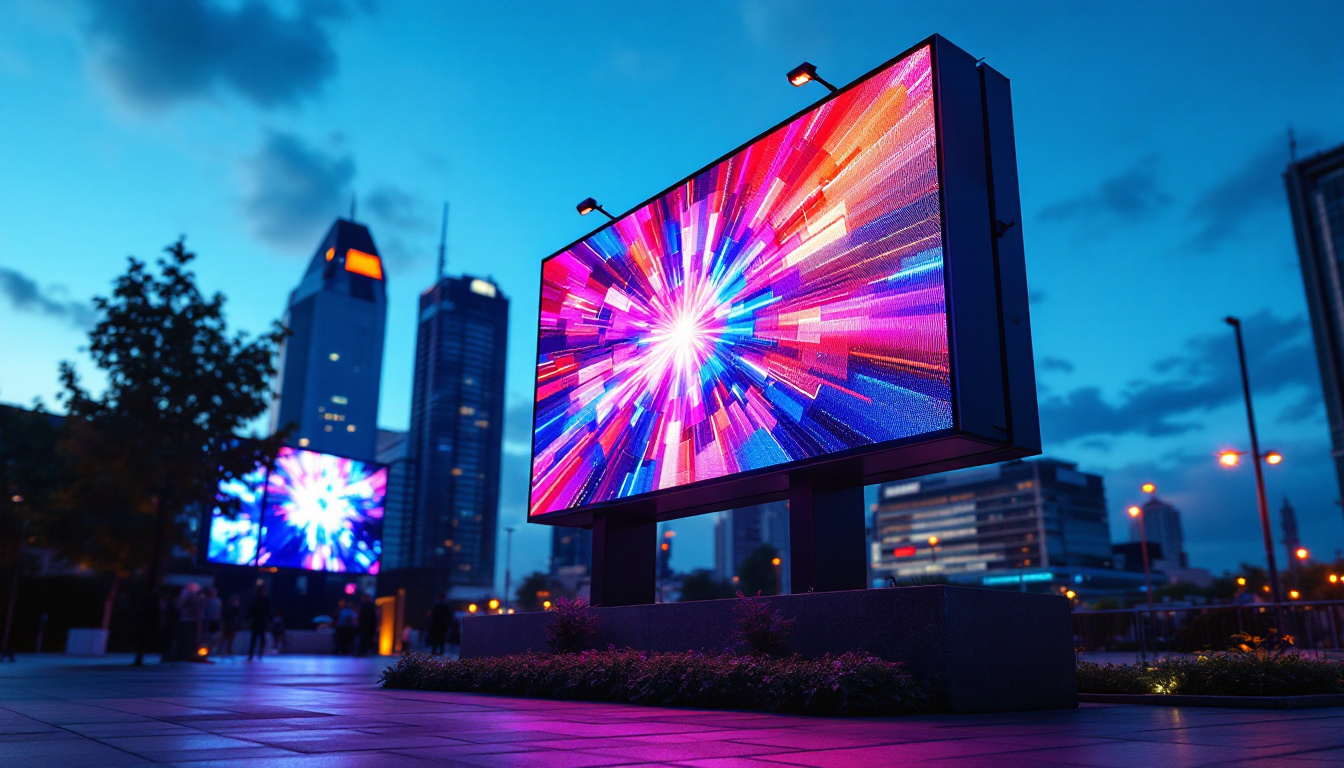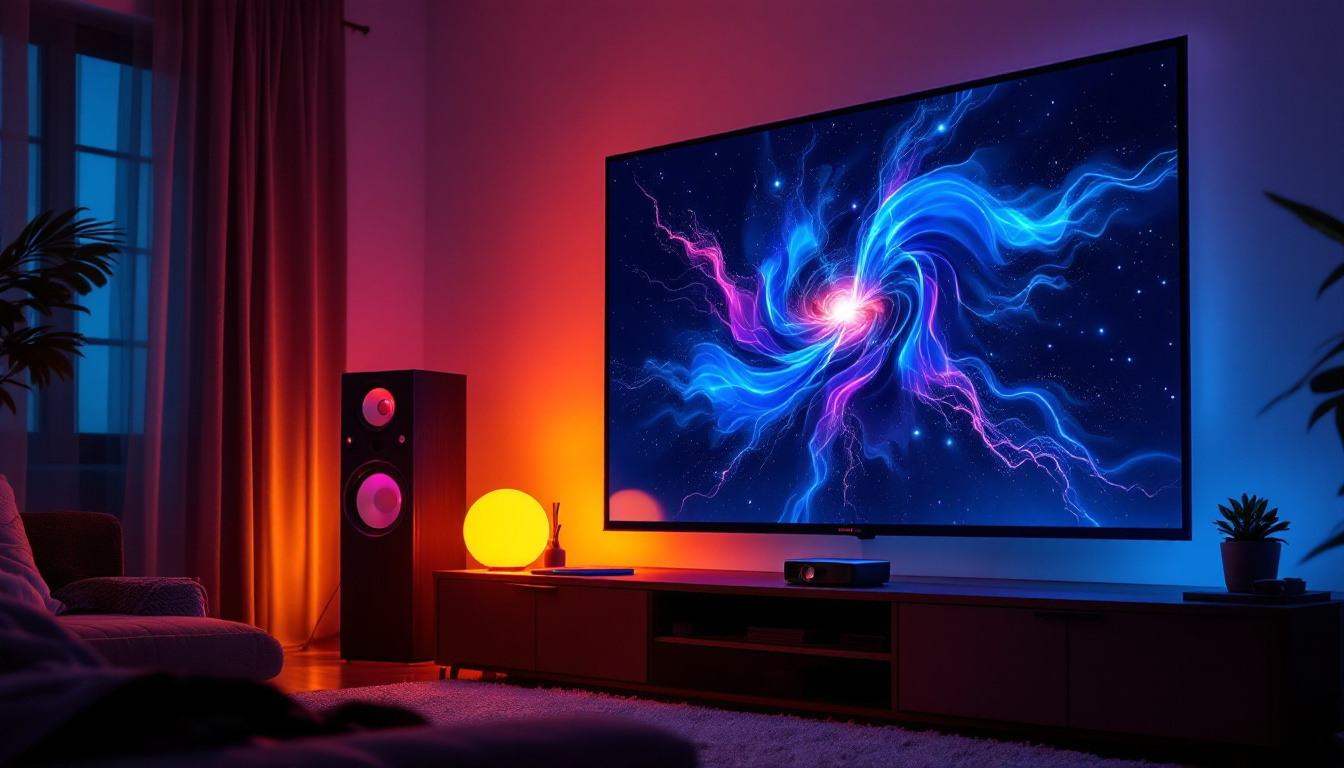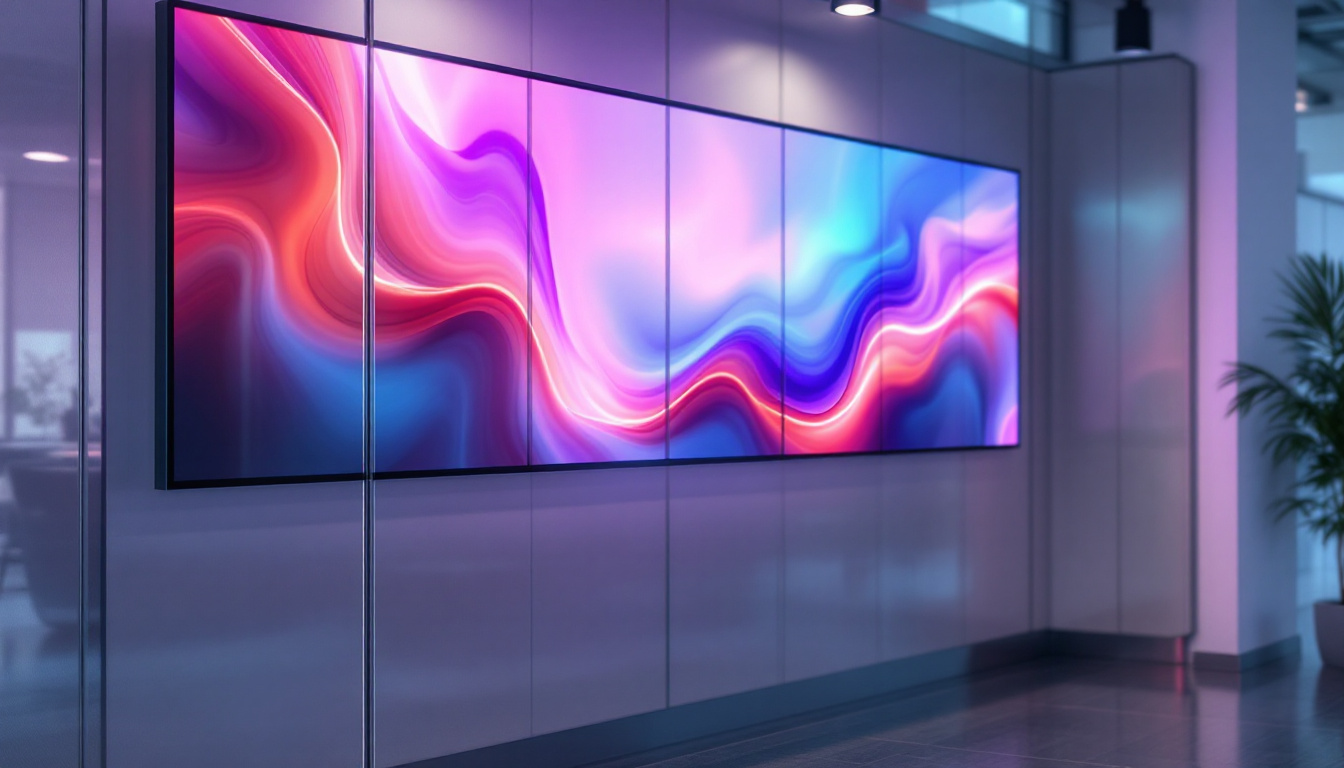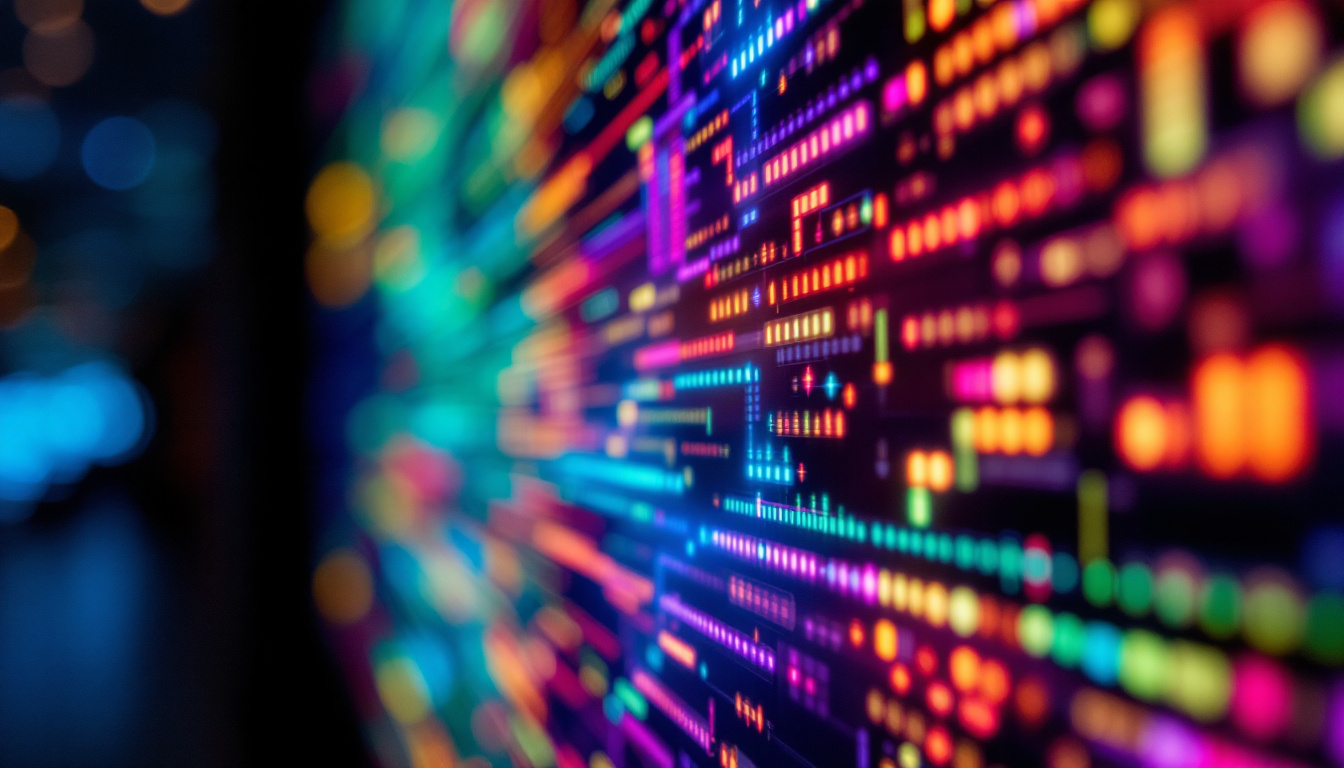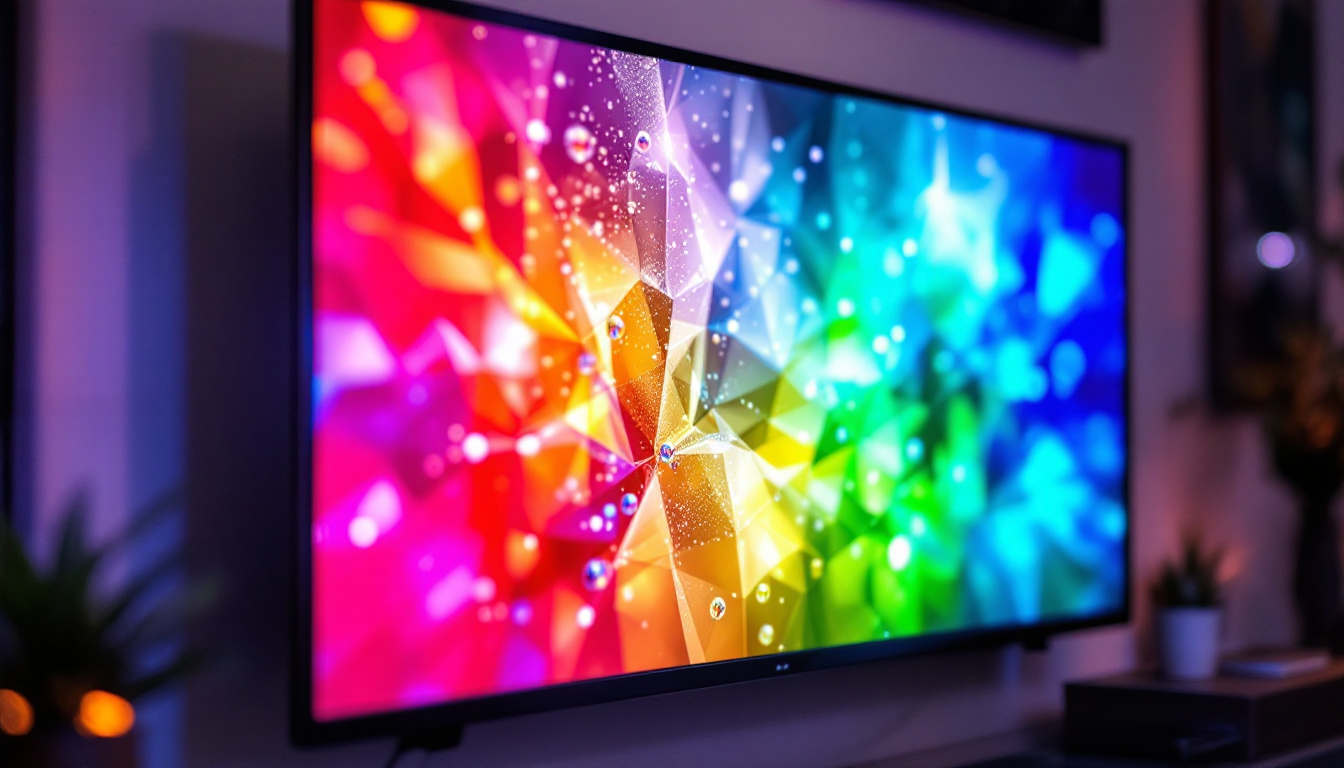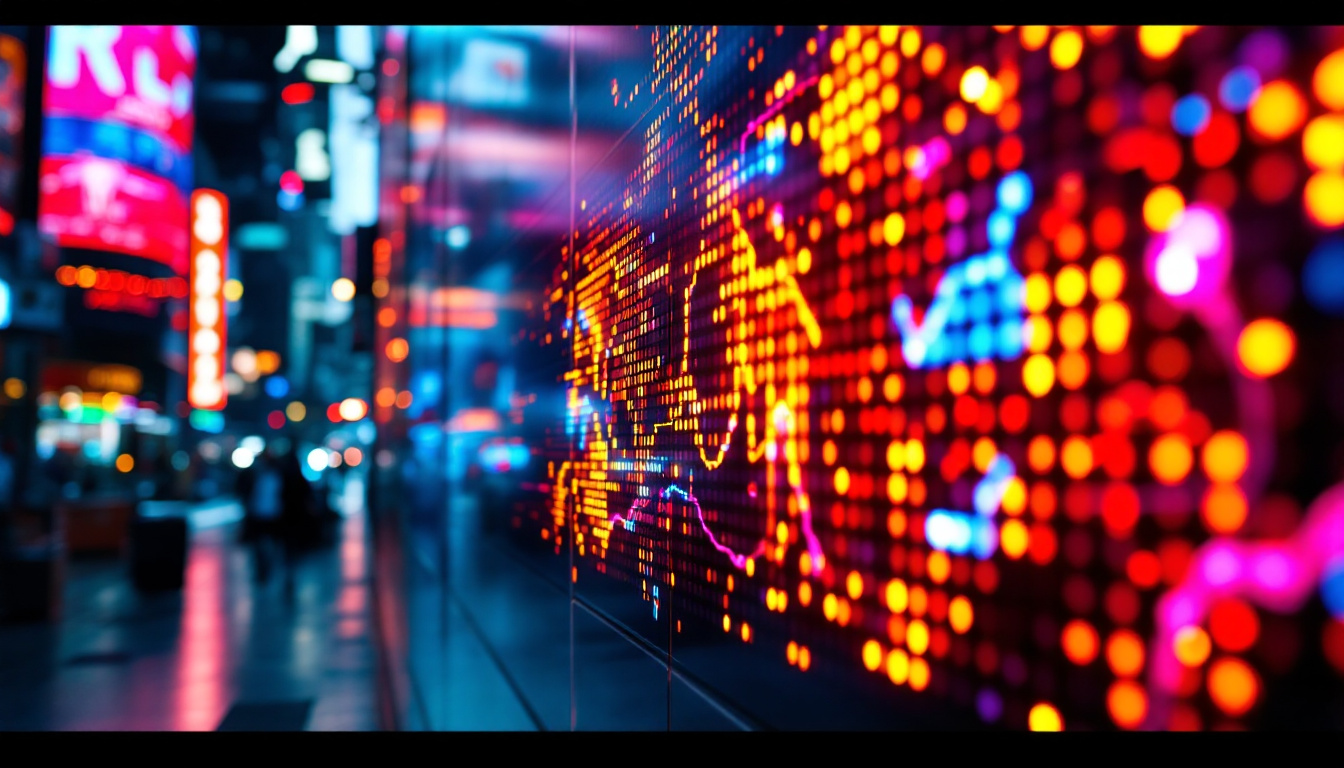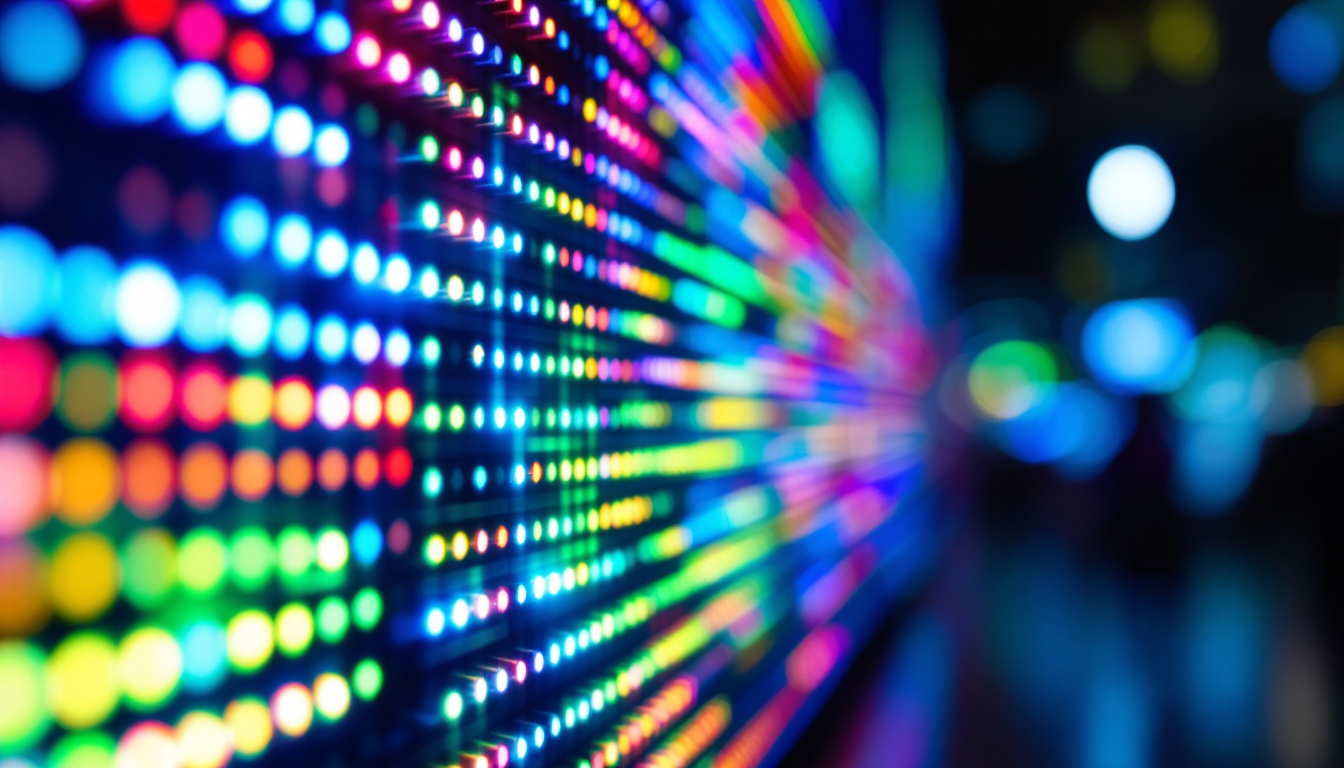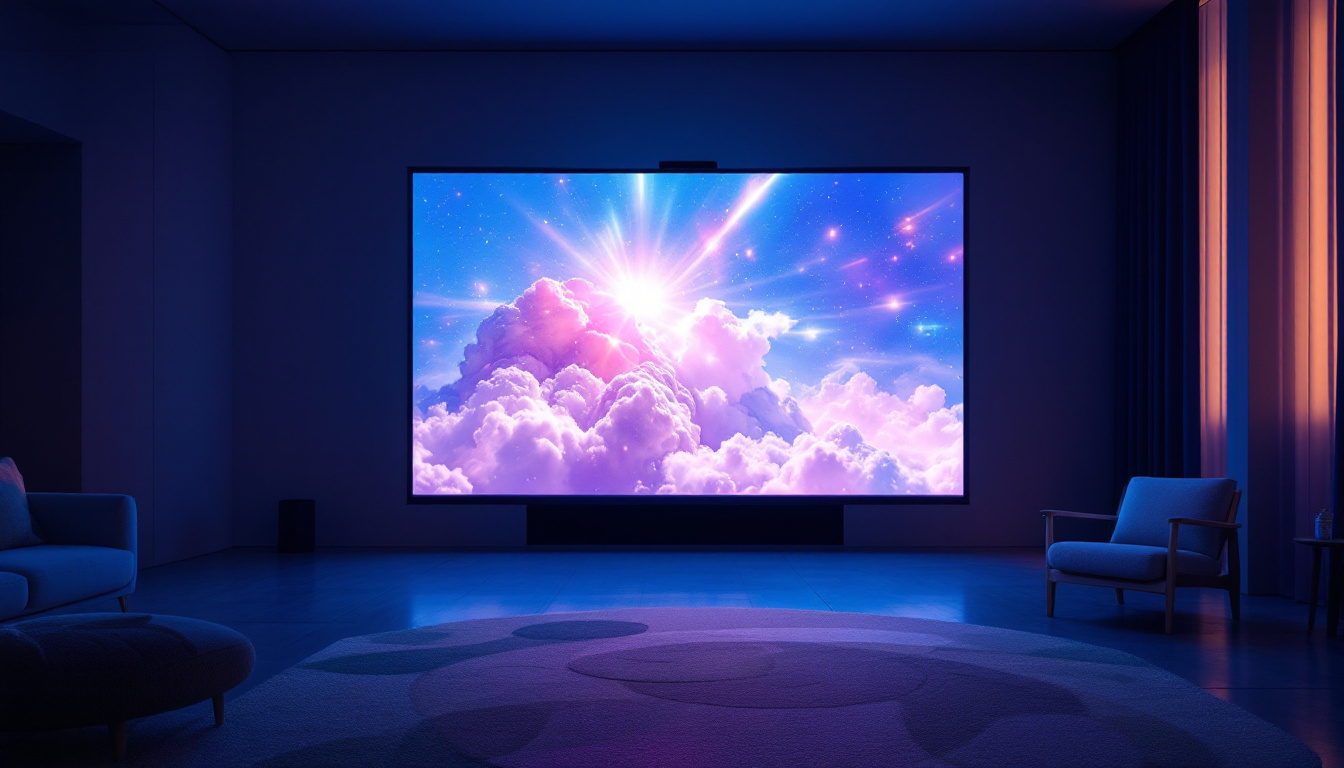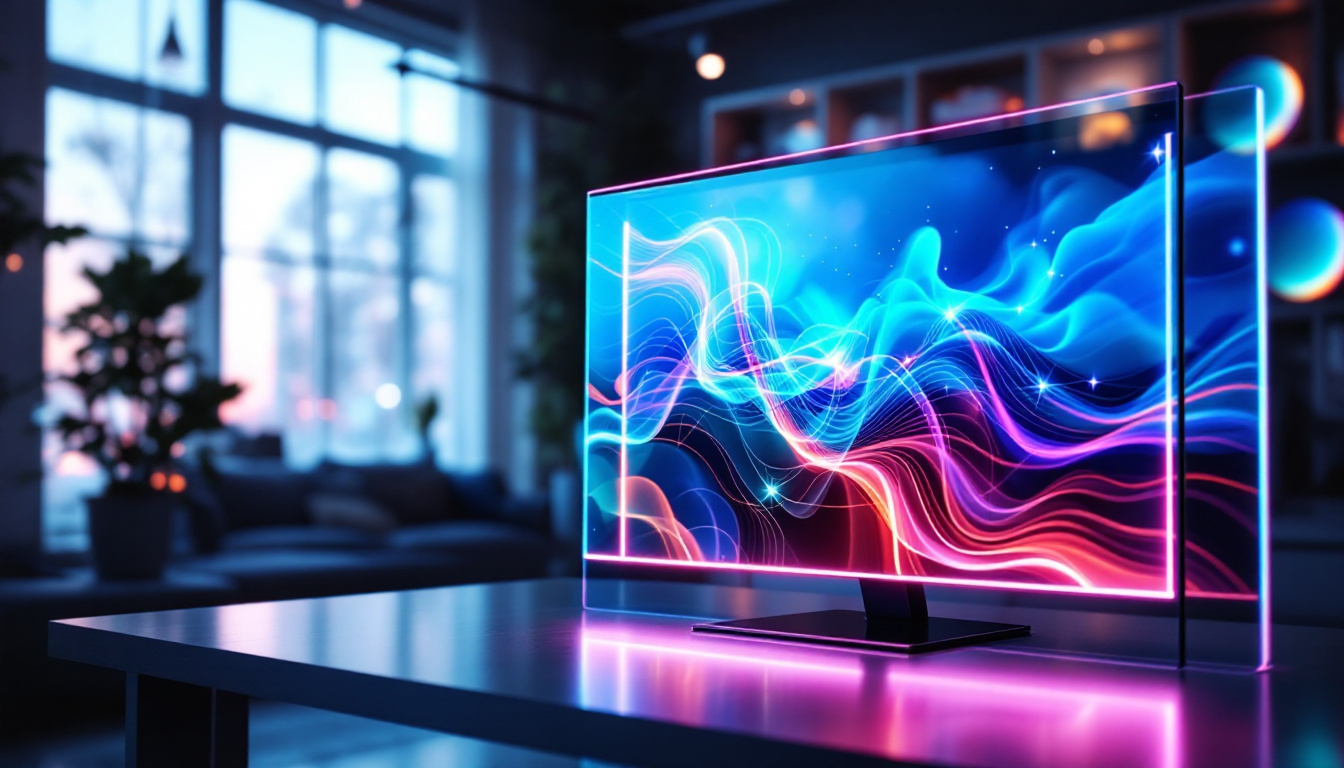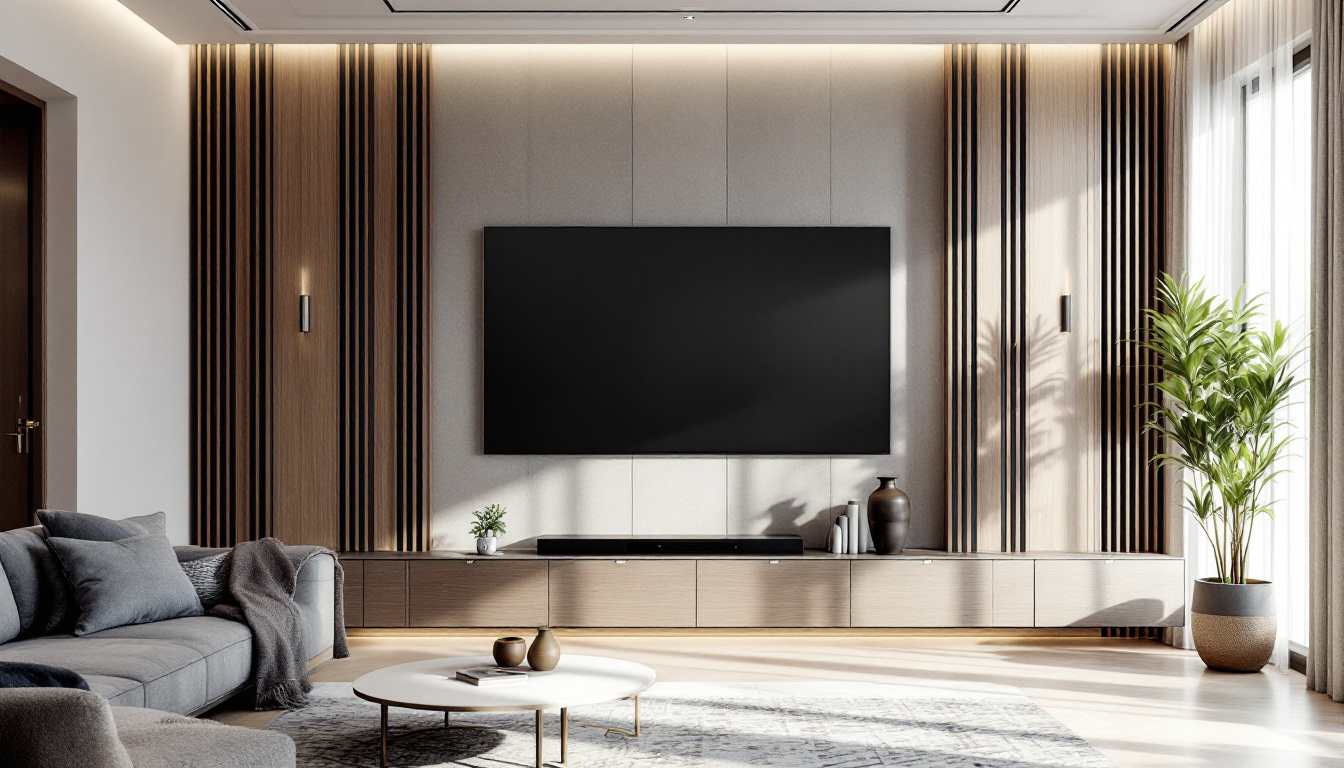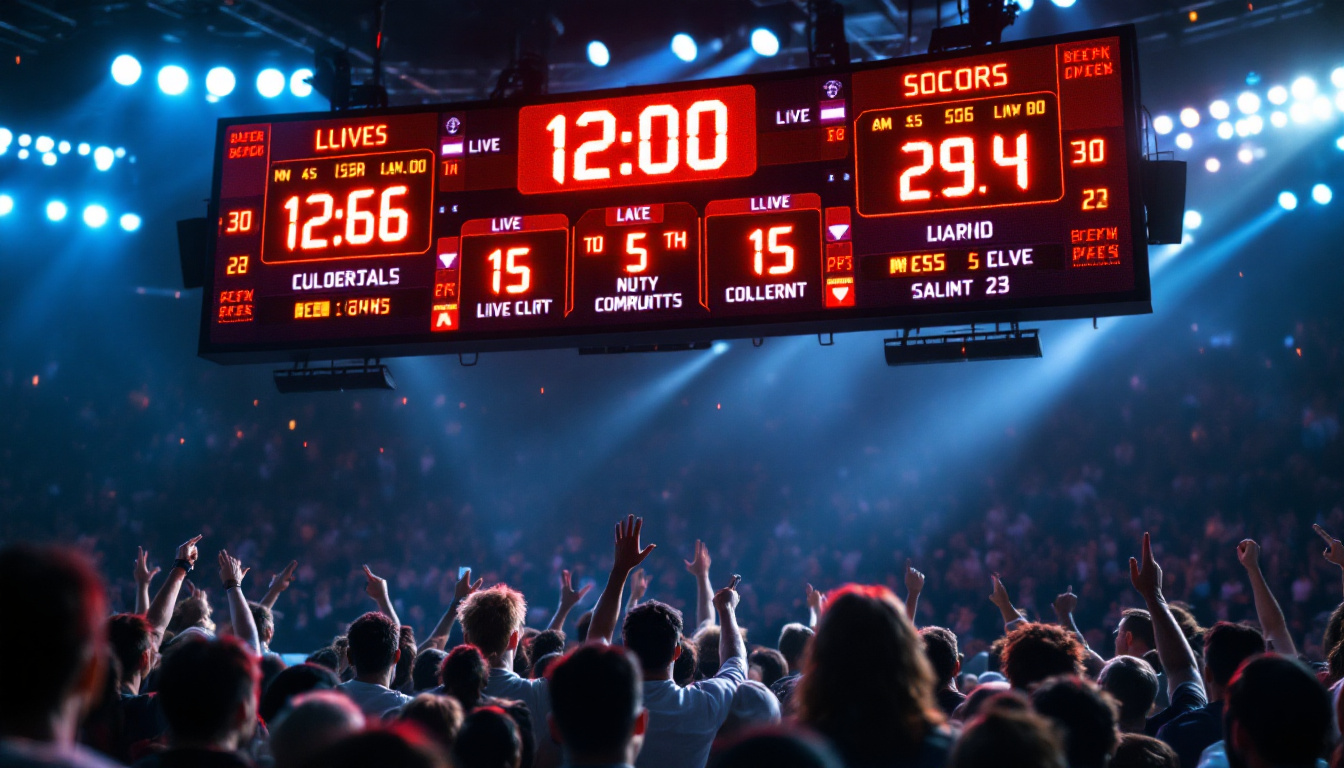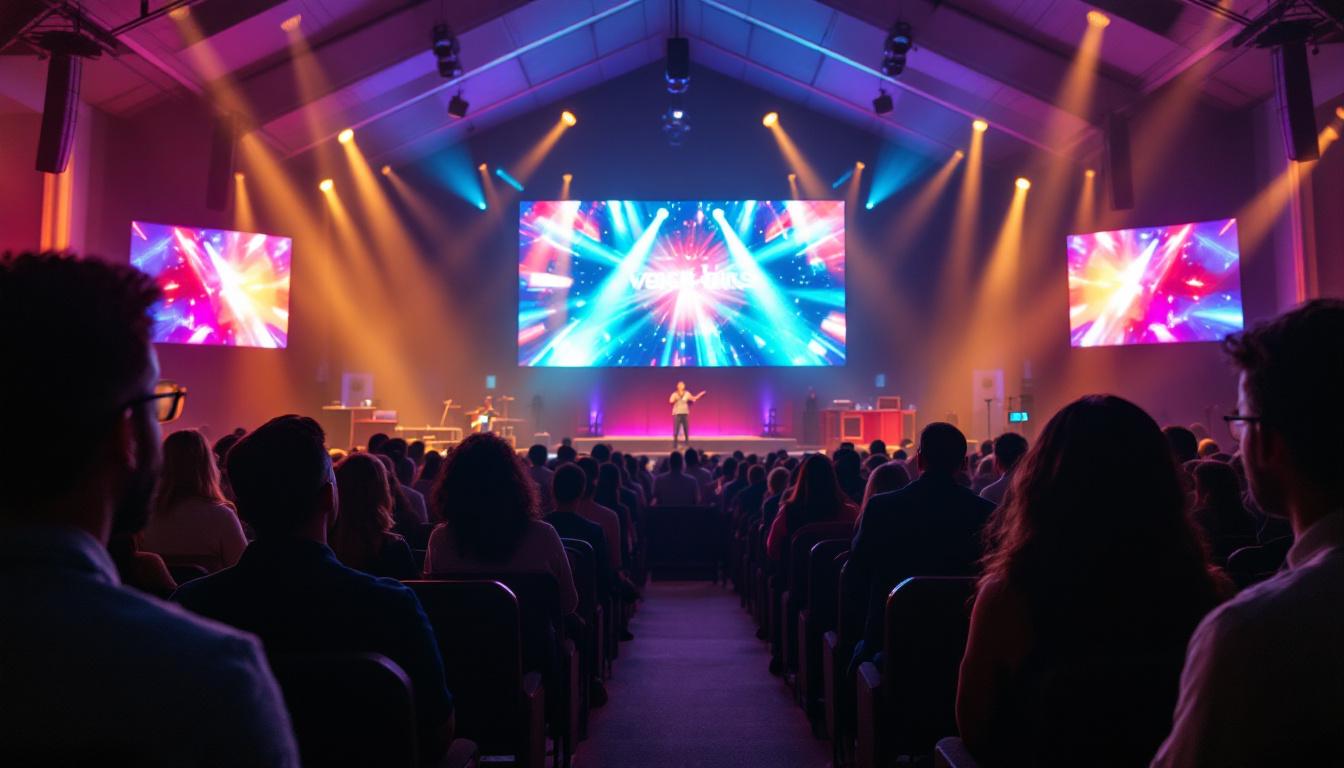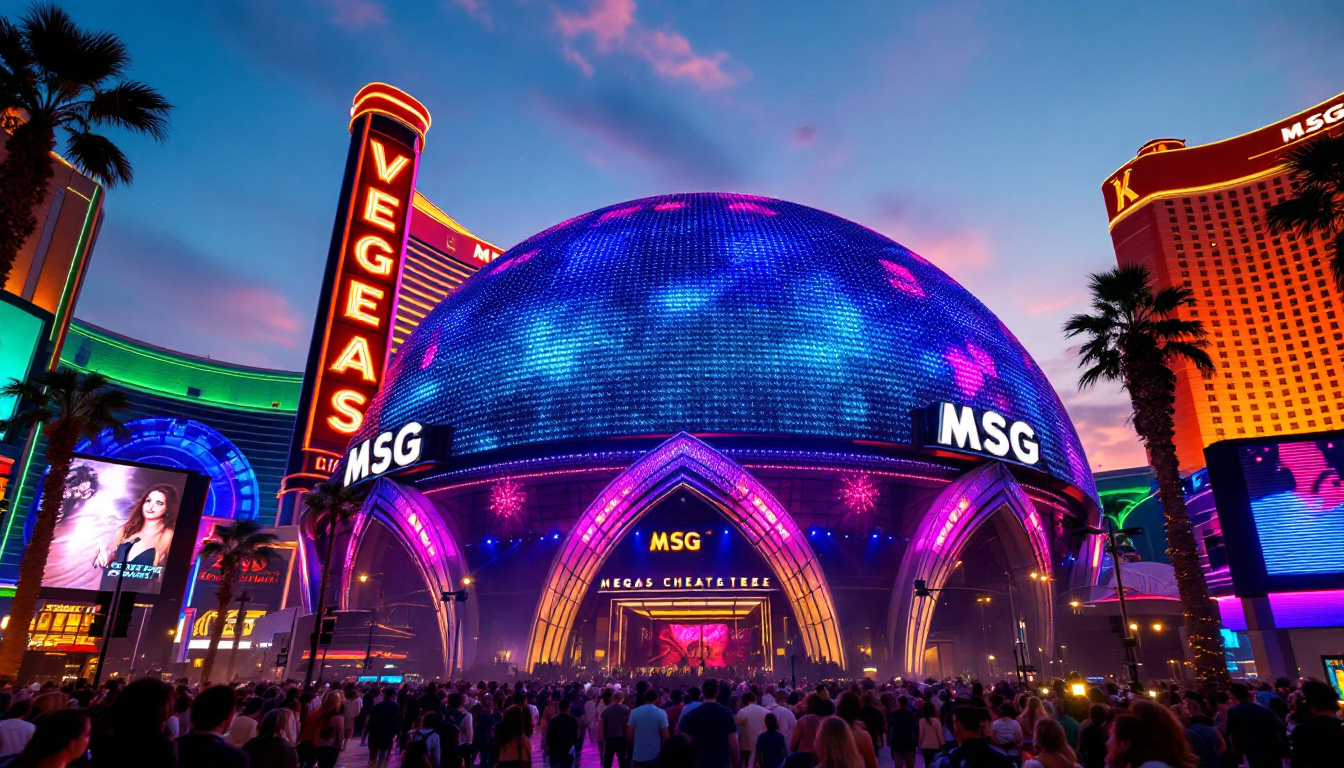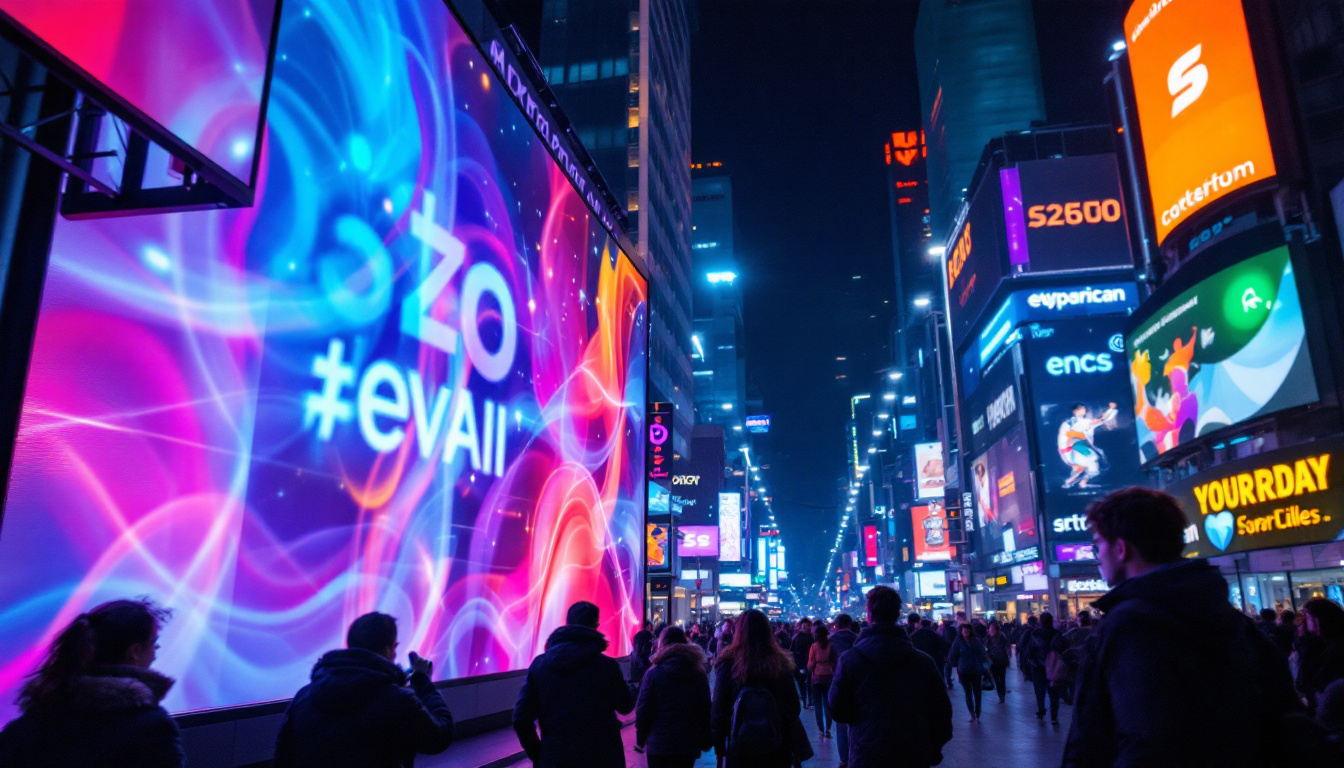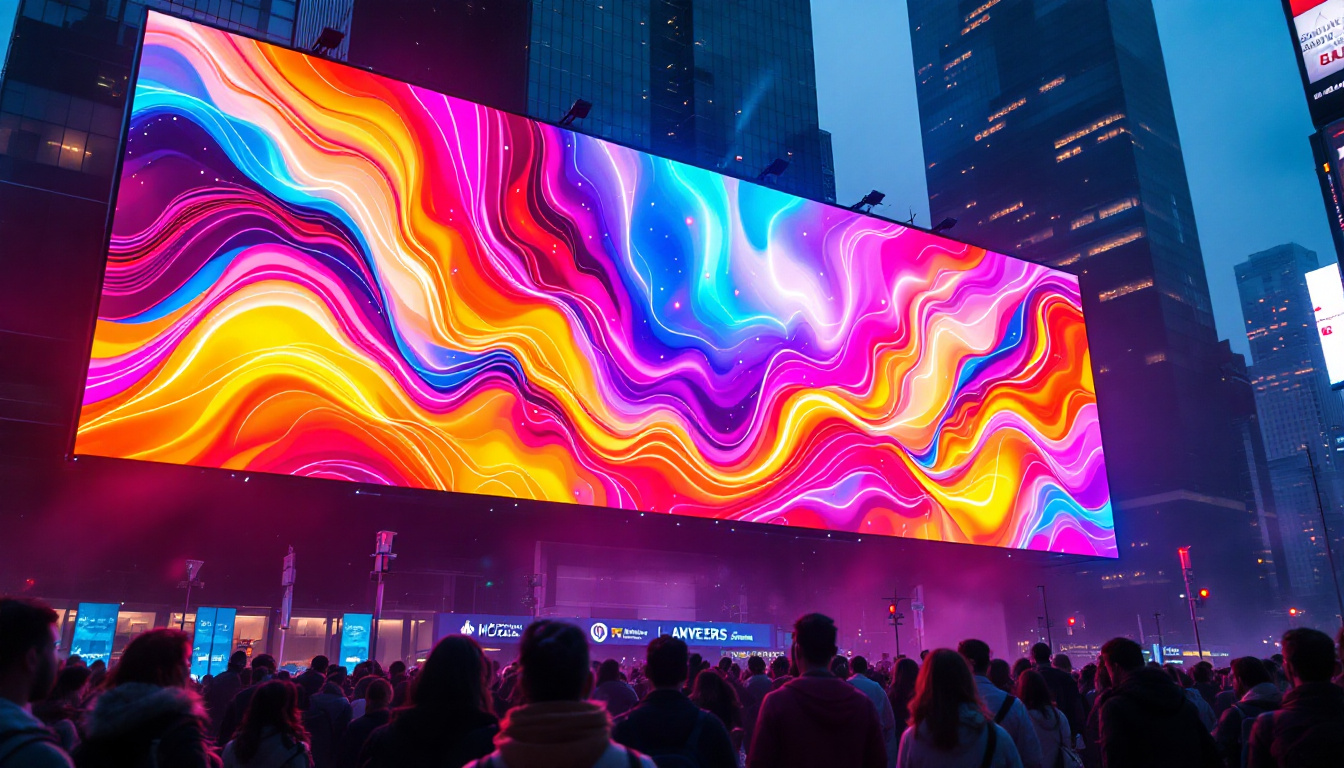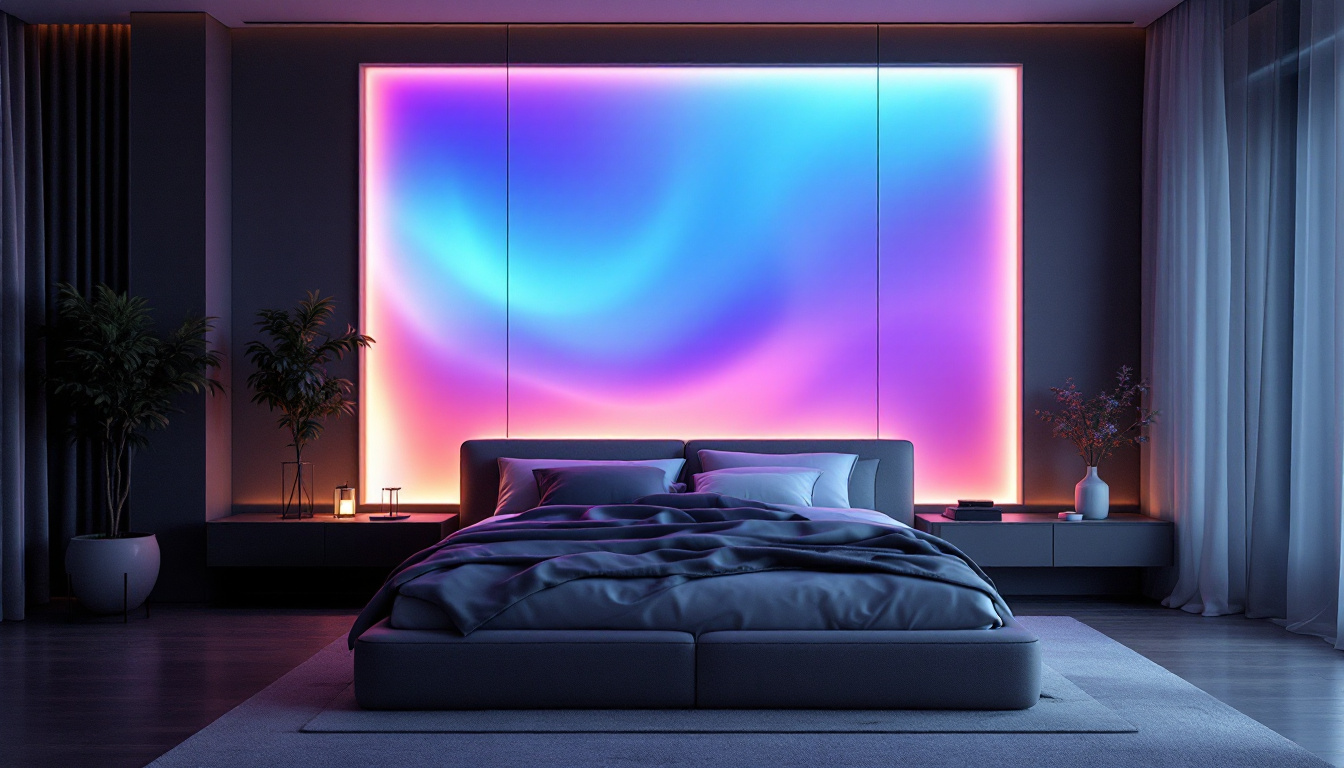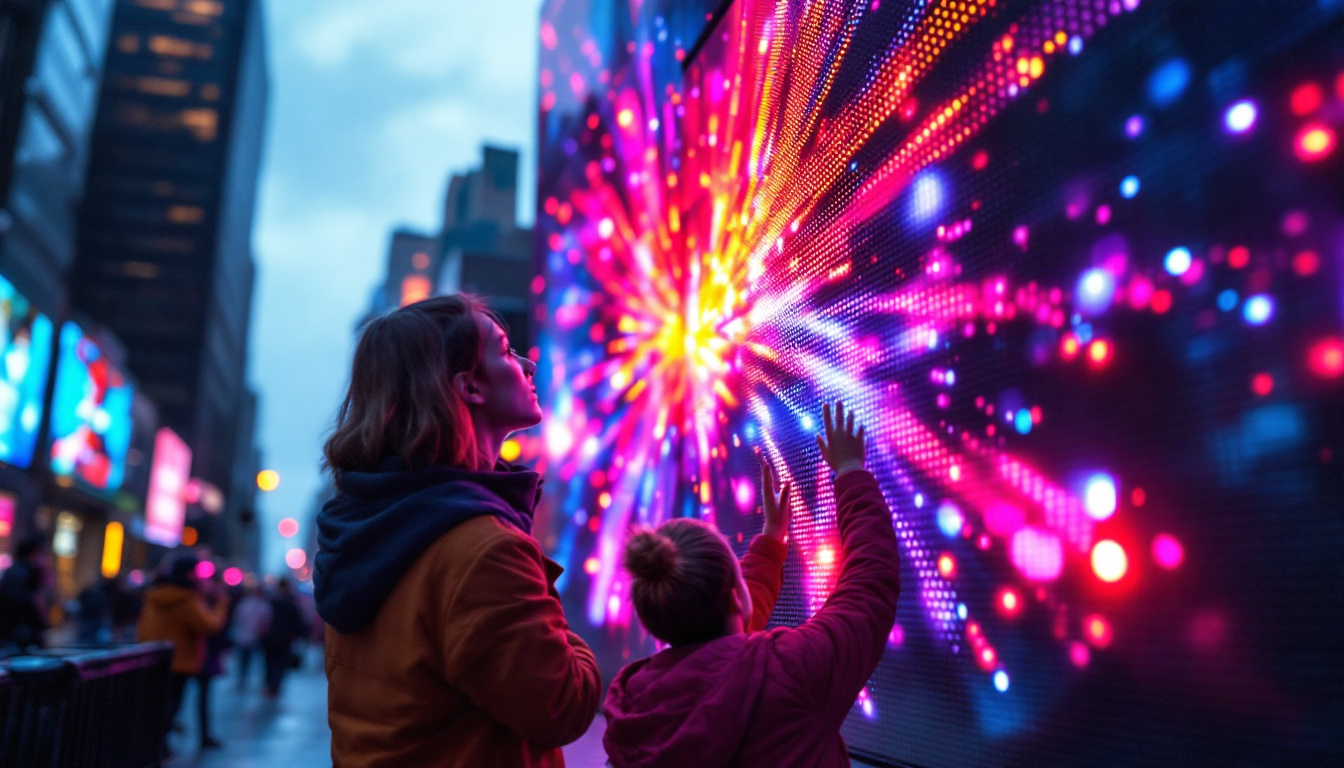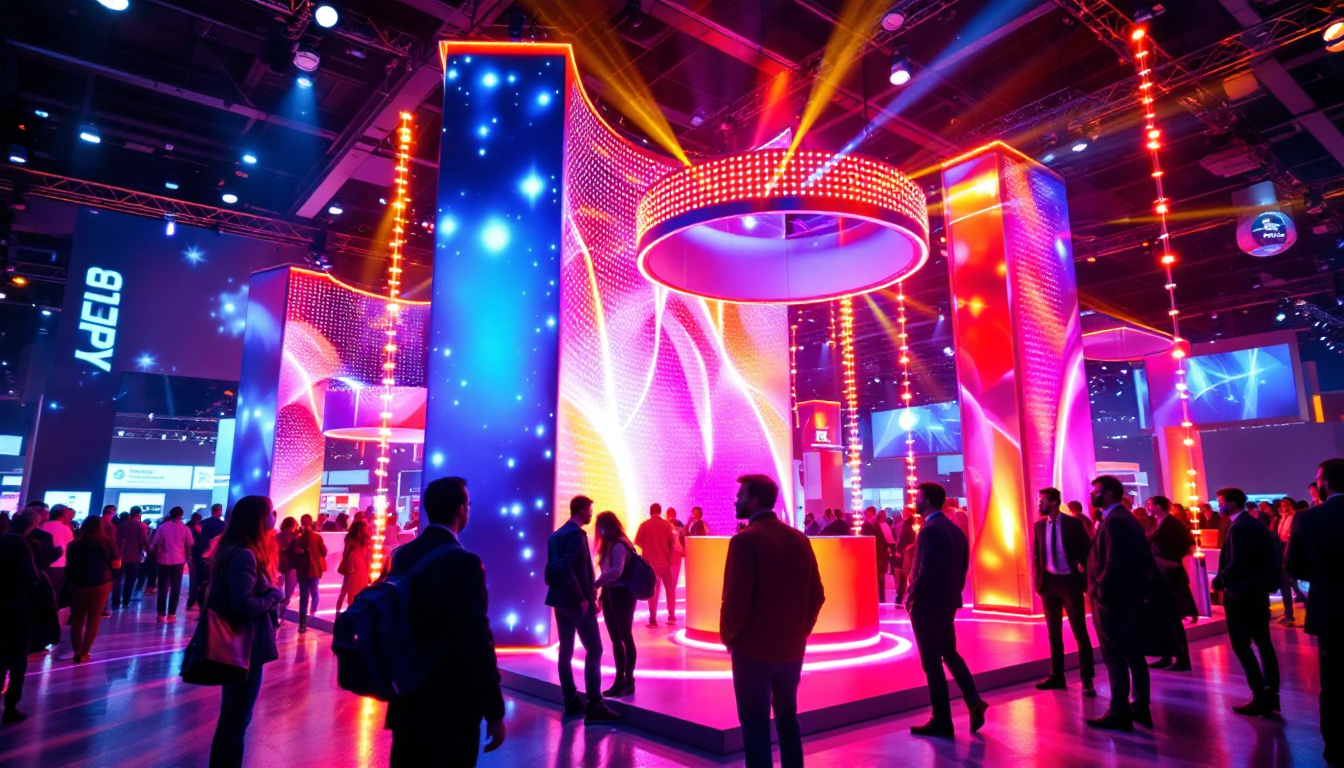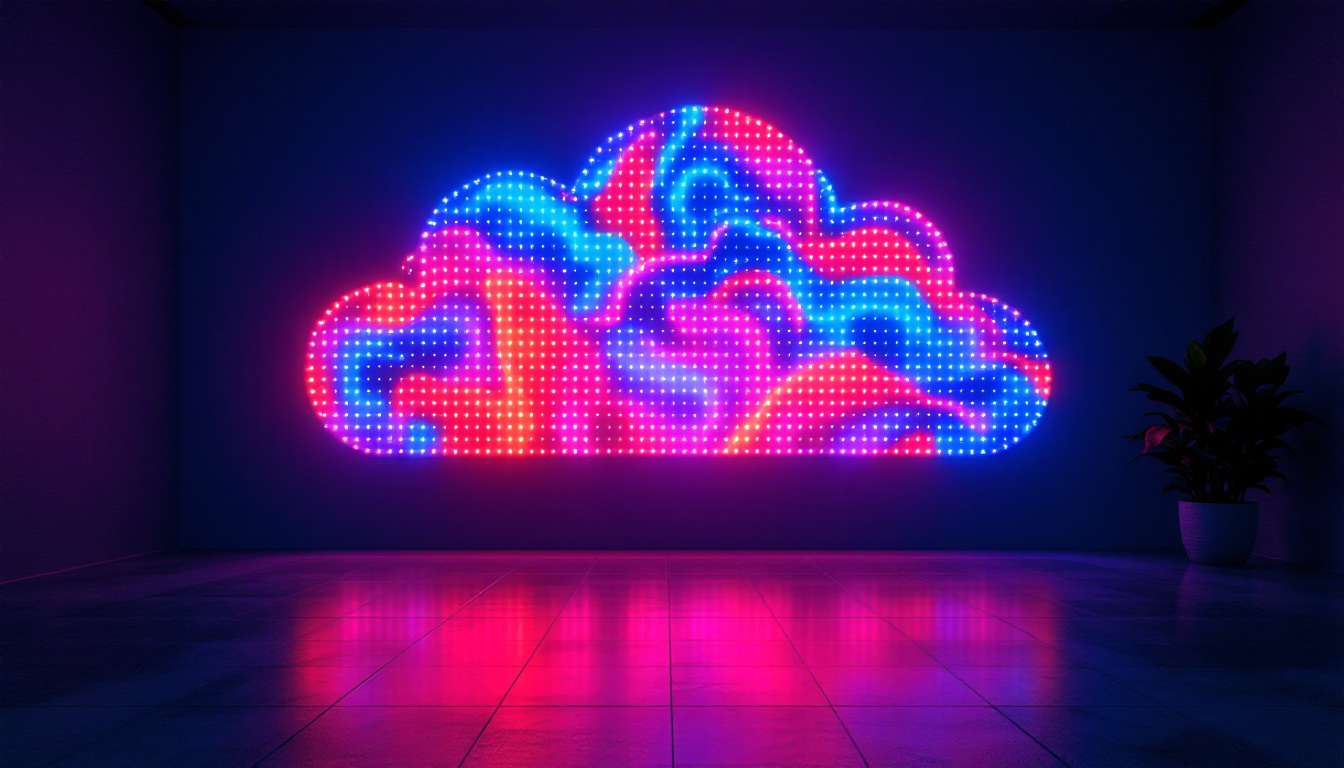In the ever-evolving world of technology, LED displays have emerged as a cornerstone of modern visual communication. Their versatility and efficiency have made them the preferred choice for a wide range of applications, from advertising to entertainment. This article delves into the intricacies of LED displays, focusing on the concept of Poe Clarity, a term that encapsulates the quality and performance of these displays.
Understanding LED Technology
Light Emitting Diodes (LEDs) are semiconductor devices that emit light when an electric current passes through them. Their compact size and energy efficiency have revolutionized the way we think about lighting and displays. The fundamental principle behind LED technology is relatively simple, yet the applications are vast. From household lighting to intricate displays in electronic devices, LEDs have become an integral part of modern technology, reshaping industries and consumer experiences alike.
The Basics of LED Operation
At the core of LED operation is the movement of electrons within a semiconductor material. When an electric current flows through the diode, electrons recombine with holes, releasing energy in the form of photons. This process is what produces the light we see. The color of the light emitted depends on the materials used in the semiconductor, allowing for a wide spectrum of colors to be displayed. Furthermore, advancements in technology have led to the development of RGB (Red, Green, Blue) LEDs, which can create a full range of colors by adjusting the intensity of each individual color, enabling dynamic lighting effects that are increasingly popular in both home and commercial settings.
One of the key advantages of LED technology is its efficiency. LEDs consume significantly less power compared to traditional incandescent bulbs, making them a more sustainable choice. This efficiency translates into lower energy costs and a reduced carbon footprint, making LED displays an environmentally friendly option. Additionally, LEDs have a longer lifespan, often exceeding 25,000 hours, which means less frequent replacements and reduced waste. This longevity not only benefits consumers but also contributes to a more sustainable approach to lighting solutions in various applications, from streetlights to home fixtures.
Types of LED Displays
LED displays come in various types, each designed for specific applications. The most common types include:
- Direct View LED: These displays use individual LEDs to create images and are often used in large outdoor billboards.
- LED Backlit LCD: These displays utilize LEDs to backlight an LCD panel, providing improved brightness and color accuracy.
- Organic LED (OLED): A newer technology where organic compounds emit light, allowing for thinner displays with better color contrast.
Each type has its own set of advantages and disadvantages, influencing their suitability for different environments and purposes. For instance, while Direct View LEDs are excellent for outdoor advertising due to their brightness and visibility in sunlight, OLED displays are favored for their superior color depth and flexibility, making them ideal for high-end televisions and mobile devices. Moreover, the emergence of MicroLED technology, which combines the benefits of both OLED and traditional LEDs, is paving the way for even more innovative display solutions, promising higher resolutions and lower power consumption in the near future.
The Concept of Poe Clarity
Poe Clarity is a term that refers to the clarity and quality of images produced by LED displays. This concept encompasses several factors, including resolution, brightness, contrast ratio, and color accuracy. Understanding these elements is crucial for evaluating the performance of an LED display.
Resolution and Pixel Density
Resolution refers to the number of pixels displayed on the screen, typically expressed as width x height (e.g., 1920×1080). Higher resolution means more pixels, resulting in sharper images and finer details. Pixel density, measured in pixels per inch (PPI), is another critical factor. A higher pixel density ensures that images appear crisp and clear, particularly on larger displays.
For instance, a display with a resolution of 3840×2160 (4K) will provide a significantly clearer image than a standard 1920×1080 (Full HD) display. This is particularly important in applications where detail is paramount, such as digital signage or high-definition video presentations.
Brightness and Contrast Ratio
Brightness, measured in nits, indicates how much light a display emits. Higher brightness levels are essential for visibility in well-lit environments, such as outdoor settings or brightly lit rooms. A display with a brightness of 1000 nits will perform better in direct sunlight compared to one with only 300 nits.
Contrast ratio, on the other hand, measures the difference between the darkest and brightest parts of an image. A higher contrast ratio results in more vibrant colors and deeper blacks, enhancing the overall visual experience. For example, a contrast ratio of 1000:1 means that the brightest white is 1000 times brighter than the darkest black, leading to a more dynamic image.
Color Accuracy and Calibration
Color accuracy is a critical aspect of Poe Clarity, as it determines how faithfully a display reproduces colors. This is particularly important in fields such as graphic design, photography, and video production, where precise color representation is essential.
The Role of Color Gamut
Color gamut refers to the range of colors that a display can reproduce. Different standards, such as sRGB, Adobe RGB, and DCI-P3, define various color gamuts. A display that can cover a wider color gamut will produce more vibrant and accurate colors. For instance, a display that covers 100% of the sRGB color space is ideal for web content, while one that covers DCI-P3 is better suited for film and video production.
Calibration is another vital process that ensures color accuracy. Displays may need to be calibrated to match specific color standards, which involves adjusting settings such as brightness, contrast, and color balance. This process can significantly enhance the visual quality of the display, making it essential for professional applications.
Factors Affecting Color Performance
Several factors can influence the color performance of an LED display. These include the quality of the LED components, the design of the display, and the technology used in its construction. High-quality LEDs and advanced manufacturing techniques can result in better color reproduction and consistency.
Additionally, environmental factors such as ambient light can affect how colors appear on the screen. Displays designed for high ambient light conditions often incorporate anti-reflective coatings or higher brightness levels to maintain color accuracy.
Applications of LED Displays
LED displays are ubiquitous in various sectors, each leveraging their unique advantages to enhance communication and engagement. From advertising to entertainment, the applications are vast and varied.
Advertising and Digital Signage
One of the most prominent applications of LED displays is in advertising and digital signage. These displays are used in retail environments, public transportation systems, and outdoor billboards to capture attention and convey messages effectively. The dynamic nature of LED displays allows for changing content, making them ideal for promotions and announcements.
Due to their high brightness and visibility, LED displays can be seen from a distance, making them an effective tool for reaching a broad audience. Additionally, the ability to display vibrant colors enhances the appeal of advertisements, drawing in potential customers.
Entertainment and Events
In the entertainment industry, LED displays play a crucial role in concerts, sporting events, and theatrical performances. Large-scale LED screens are often used to provide visual effects, display live feeds, and enhance the overall experience for attendees.
The flexibility of LED technology allows for creative applications, such as curved displays or modular setups that can be tailored to fit various venues. This adaptability makes LED displays a popular choice for event organizers looking to create immersive experiences.
Corporate and Educational Use
In corporate settings, LED displays are used for presentations, video conferencing, and information sharing. Their clarity and brightness make them suitable for boardrooms and conference halls, where clear communication is essential.
Educational institutions also benefit from LED technology, using displays in classrooms and auditoriums to enhance learning experiences. The ability to present dynamic content can engage students and facilitate better understanding of complex subjects.
Future Trends in LED Display Technology
The future of LED display technology is promising, with ongoing advancements aimed at improving performance, efficiency, and user experience. Several trends are shaping the landscape of LED displays.
MicroLED and MiniLED Technologies
MicroLED and MiniLED are emerging technologies that promise to revolutionize the display market. MicroLED displays consist of tiny individual LEDs that can create images without the need for a backlight, resulting in higher contrast ratios and improved energy efficiency. This technology allows for thinner displays with better color accuracy.
MiniLED, on the other hand, utilizes smaller LEDs for backlighting LCD panels, providing enhanced brightness and contrast. This technology is particularly beneficial for high-end televisions and monitors, offering a more immersive viewing experience.
Integration with Smart Technologies
As smart technologies continue to permeate various aspects of life, LED displays are increasingly being integrated with smart features. This includes connectivity options such as Wi-Fi and Bluetooth, allowing for seamless content sharing and remote management.
Smart LED displays can also incorporate artificial intelligence to optimize performance based on environmental conditions or user preferences. This integration enhances the versatility and functionality of LED displays, making them more adaptable to user needs.
Conclusion
Poe Clarity represents the pinnacle of LED display performance, encompassing a range of factors that contribute to the overall quality of visual communication. Understanding the intricacies of resolution, brightness, color accuracy, and the various applications of LED technology is essential for making informed decisions in a world increasingly reliant on visual displays.
As LED technology continues to evolve, the future holds exciting possibilities. From advancements in MicroLED and MiniLED technologies to the integration of smart features, the potential for innovation is vast. Embracing these developments will not only enhance the clarity of visual communication but also pave the way for new applications and experiences in the digital age.
Discover the Future of Visual Communication with LumenMatrix
As you consider the advancements and possibilities of LED display technology, LumenMatrix stands at the forefront, ready to illuminate your brand’s potential. Our commitment to innovation is reflected in our diverse range of LED display solutions, from Indoor and Outdoor LED Wall Displays to specialized options like Vehicle, Sports, and Floor LED Displays. Embrace the future with LumenMatrix and let us help you create immersive environments that captivate and engage. Check out LumenMatrix LED Display Solutions today and experience the epitome of Poe Clarity in your visual communications.

